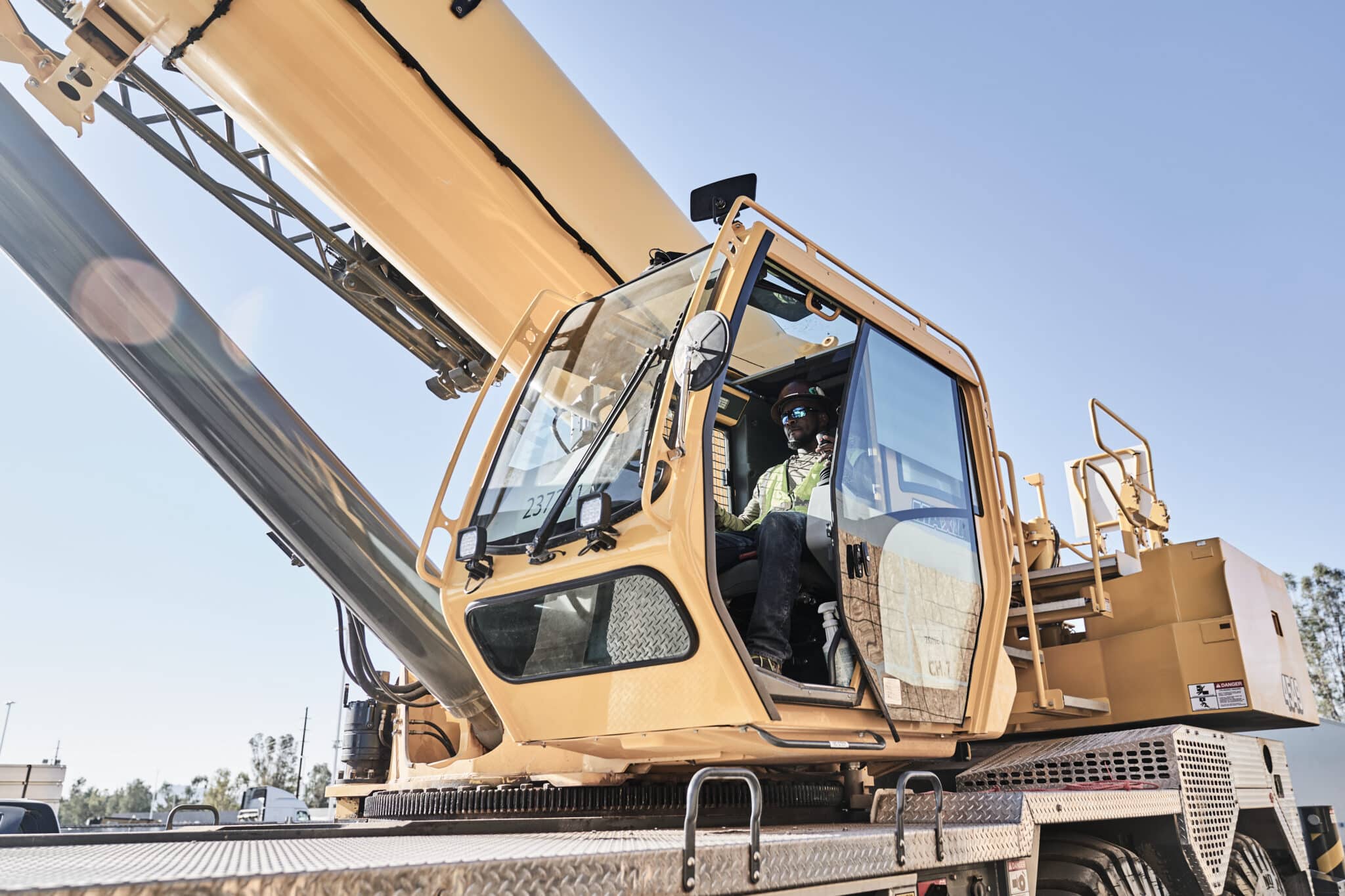Enhancing Safety in the Crane Industry: Insights and Innovations
Cranes are indispensable tools in various industries, facilitating tasks from construction to agriculture.
However, their operation involves inherent risks, as highlighted by the alarming number of crane-related fatalities reported over recent years.
In response to these challenges, the National Safety Council (NSC) has collaborated with the National Commission for the Certification of Crane Operators (NCCCO) Foundation to delve into the safety landscape of the crane industry.
Through their joint efforts, a comprehensive report titled “Understanding the Current State of Safety Hazards in the Crane Industry” has been released, shedding light on key risks and proposing innovative solutions to ensure worker safety.
Analysis of Risks:
Drawing insights from the Census of Fatal Occupational Injuries (CFOI), the report underscores the gravity of crane-related incidents, with 297 fatalities recorded between 2011 and 2017.
A significant portion of these fatalities resulted from workers being struck by objects or equipment, with falls and transportation incidents also contributing substantially.
Moreover, survey data from certified crane operators and inspectors reveal prevalent hazardous situations, systemic risks, and common causes of injuries in the industry.
Key Findings and Recommendations:
1. Hazardous Situations: Working at height, vehicle-pedestrian interactions, and loading/unloading materials emerge as top-risk scenarios. These situations, responsible for a substantial portion of occupational fatalities, necessitate heightened safety measures.
2. Common Risks: Heat stress and fatigue are identified as primary systemic risks, posing significant threats to worker well-being. Prevention strategies and awareness programs are crucial to mitigating these hazards.
3. Causes of Injuries: Falls from height and being struck by falling objects remain the leading causes of injuries, emphasizing the need for targeted safety interventions.
4. Safety Training: While access to safety training is prevalent, deficiencies persist, contributing to personal and on-site injuries. Enhanced training protocols are imperative to bridge existing gaps in knowledge and skills.
5. Technology Implementation: Despite the potential of safety technology, its adoption remains limited in the crane industry. Concerns regarding data privacy pose a notable barrier to widespread implementation.

Innovative Solutions:
To address these challenges, the report advocates for the integration of technology-driven solutions into existing safety frameworks. Wearable devices monitoring vital signs offer a promising avenue for managing heat stress and fatigue, enabling proactive intervention.
Additionally, the utilization of drones for inspection purposes presents a viable alternative to traditional methods, reducing the risk of falls from height and struck-by incidents.
As the crane industry grapples with persistent safety challenges, collaborative efforts between industry stakeholders, spearheaded by organizations like NSC and the NCCCO Foundation, are paramount.
By leveraging insights from data analysis and embracing technological innovations, employers can create safer work environments conducive to employee well-being and productivity. Moving forward, sustained investment in safety initiatives and widespread adoption of best practices are essential to realizing the vision of a zero-fatality workplace.
Through initiatives like the Work to Zero program, supported by the McElhattan Foundation, the journey towards enhanced safety in the crane industry gains momentum. By prioritizing safety as a fundamental aspect of operations, organizations not only safeguard their workforce but also contribute to the broader mission of preventing preventable deaths and injuries.




